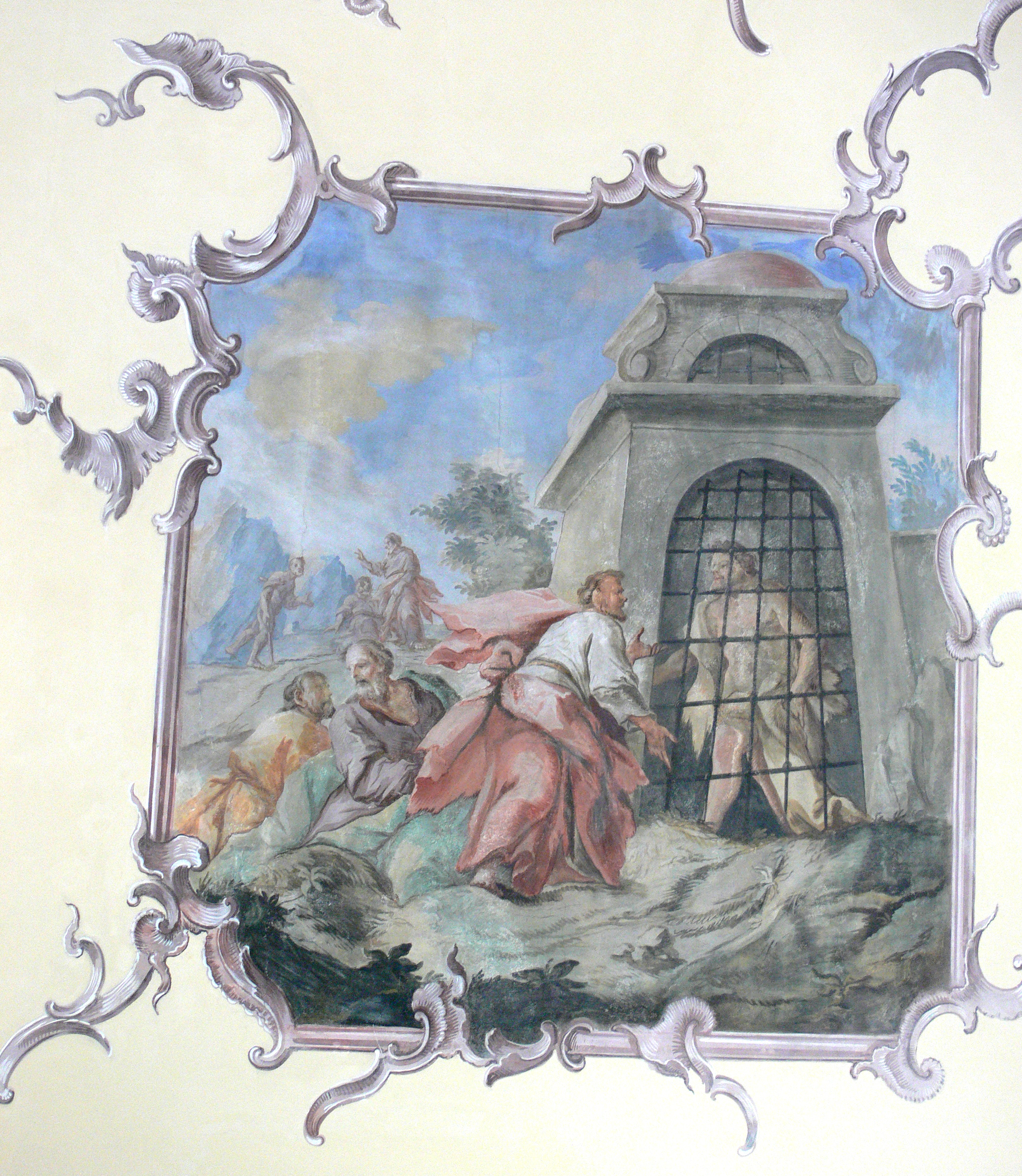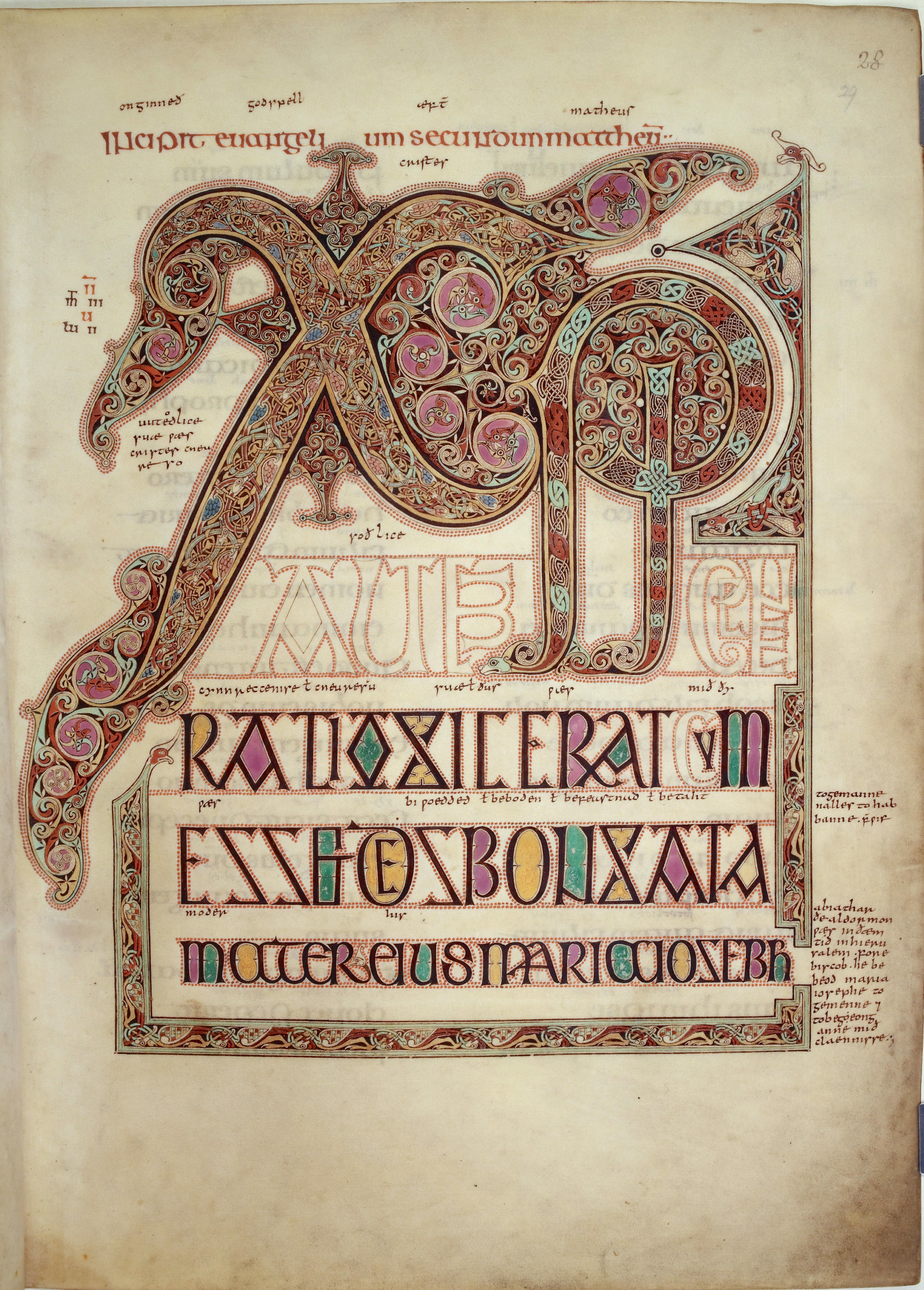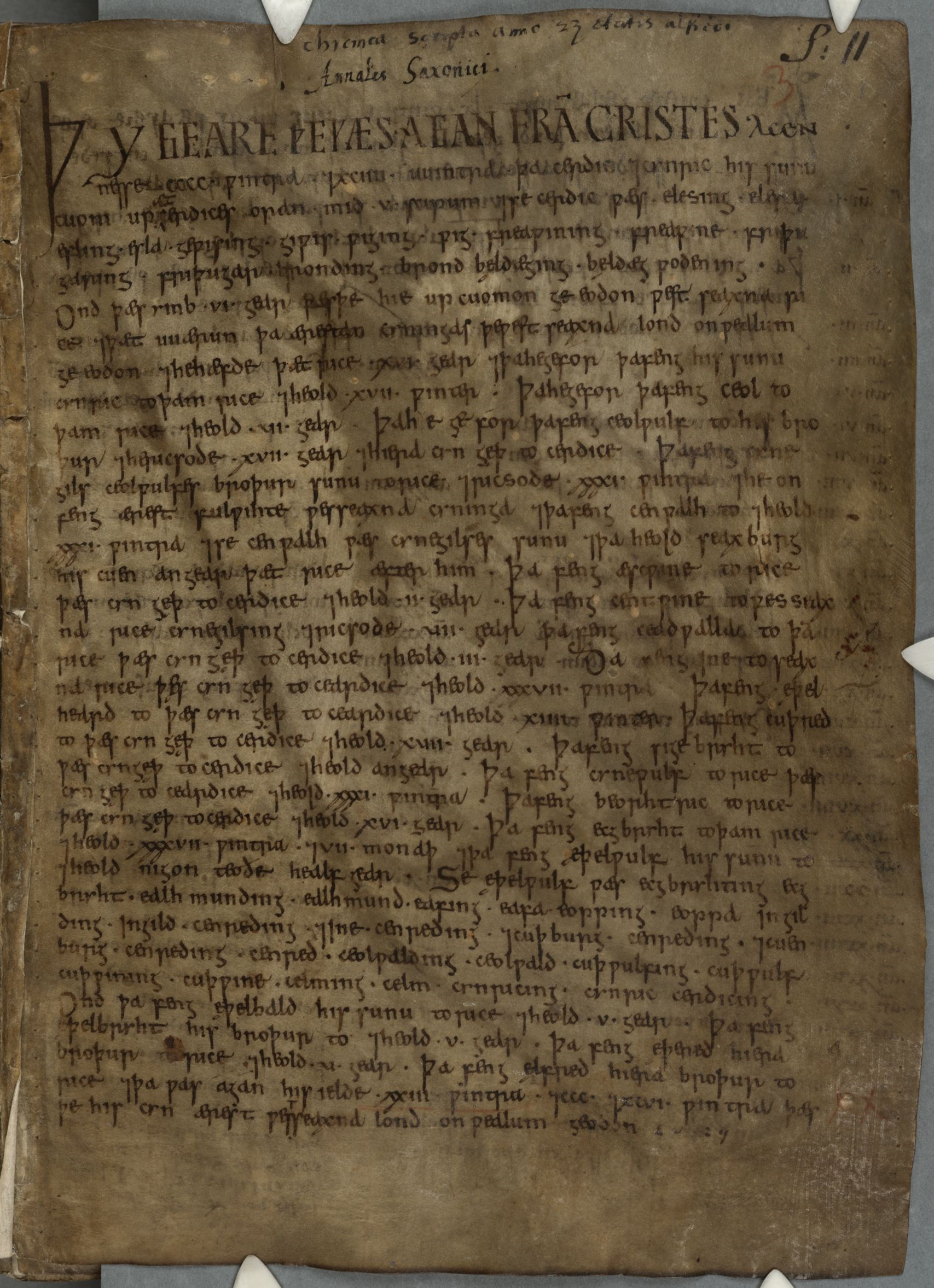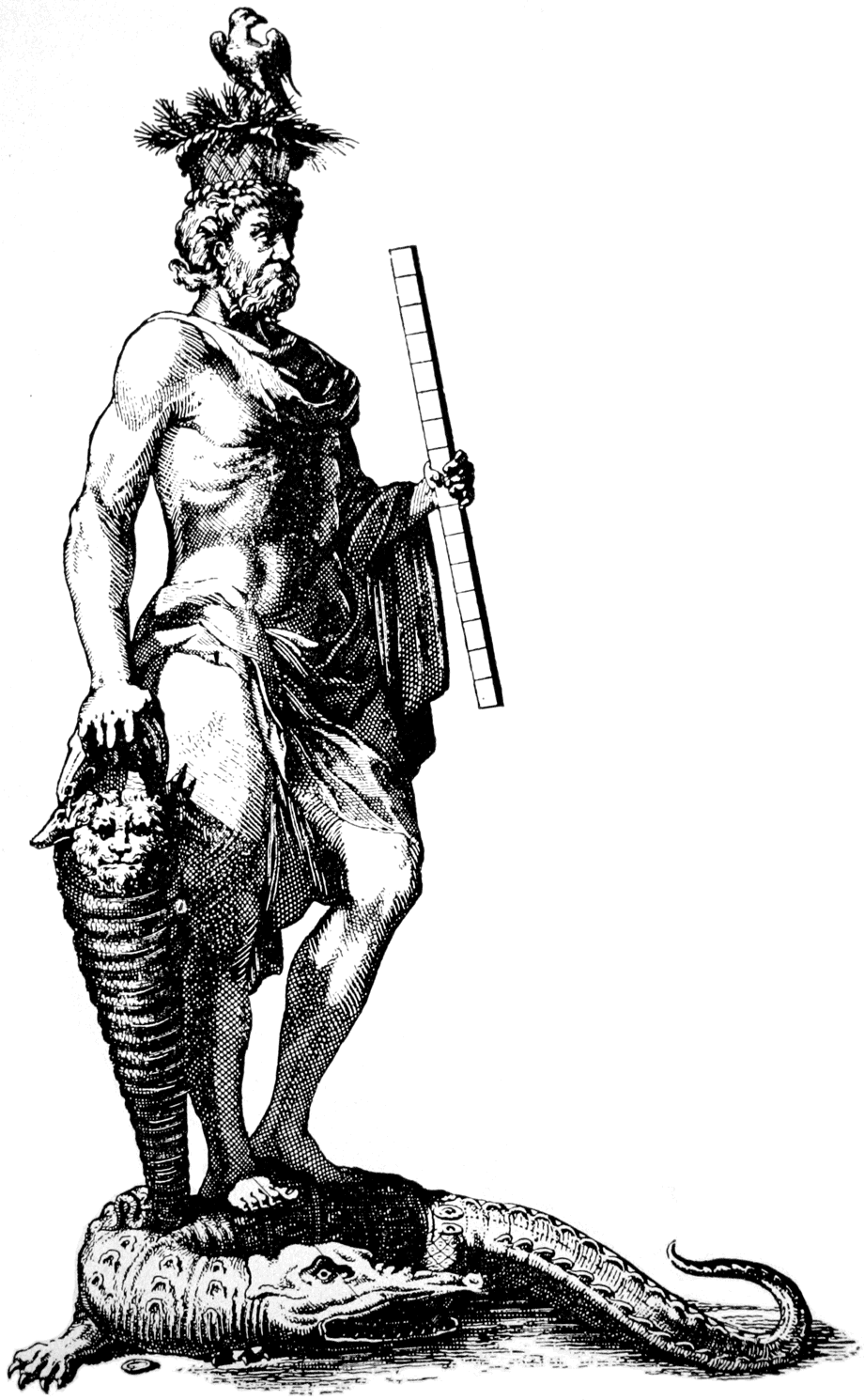|
Yard (unit)
The yard (symbol: yd) is an English unit of length in both the British imperial and US customary systems of measurement equalling 3 feet or 36 inches. Since 1959 it has been by international agreement standardized as exactly 0.9144 meter. A distance of 1,760 yards is equal to 1 mile. The theoretical US survey yard is very slightly longer. Name The term, ''yard'' derives from the Old English , etc., which was used for branches, staves and measuring rods. It is first attested in the late 7th century laws of Ine of Wessex, wherein the "yard of land" mentioned is the yardland, an old English unit of tax assessment equal to hide. Around the same time the Lindisfarne Gospels account of the messengers from John the Baptist in the Gospel of Matthew used it for a branch swayed by the wind. In addition to the yardland, Old and Middle English both used their forms of "yard" to denote the surveying lengths of or , used in computing acres, a dis ... [...More Info...] [...Related Items...] OR: [Wikipedia] [Google] [Baidu] [Amazon] |
Imperial Units
The imperial system of units, imperial system or imperial units (also known as British Imperial or Exchequer Standards of 1826) is the system of units first defined in the British Weights and Measures Act 1824 and continued to be developed through a series of Weights and Measures Acts and amendments. The imperial system developed from earlier English units as did the Comparison of the imperial and US customary measurement systems, related but differing system of United States customary units, customary units of the United States. The imperial units replaced the Winchester measure, Winchester Standards, which were in effect from 1588 to 1825. The system came into official use across the British Empire in 1826. By the late 20th century, most nations of the former empire had metrication, officially adopted the metric system as their main system of measurement, but imperial units are still used alongside metric units in the United Kingdom and in some other parts of the former empi ... [...More Info...] [...Related Items...] OR: [Wikipedia] [Google] [Baidu] [Amazon] |
Survey Foot
The foot (standard symbol: ft) is a unit of length in the British imperial and United States customary systems of measurement. The prime symbol, , is commonly used to represent the foot. In both customary and imperial units, one foot comprises 12 inches, and one yard comprises three feet. Since an international agreement in 1959, the foot is defined as equal to exactly 0.3048 meters. Historically, the "foot" was a part of many local systems of units, including the Greek, Roman, Chinese, French, and English systems. It varied in length from country to country, from city to city, and sometimes from trade to trade. Its length was usually between 250 mm and 335 mm and was generally, but not always, subdivided into 12 inches or 16 digits. The United States is the only industrialized country that uses the (international) foot in preference to the meter in its commercial, engineering, and standards activities. The foot is legally recognized in the ... [...More Info...] [...Related Items...] OR: [Wikipedia] [Google] [Baidu] [Amazon] |
Surveying
Surveying or land surveying is the technique, profession, art, and science of determining the land, terrestrial Plane (mathematics), two-dimensional or Three-dimensional space#In Euclidean geometry, three-dimensional positions of Point (geometry), points and the Euclidean distance, distances and angles between them. These points are usually on the surface of the Earth, and they are often used to establish maps and boundaries for ownership, locations, such as the designated positions of structural components for construction or the surface location of subsurface features, or other purposes required by government or civil law, such as property sales. A professional in land surveying is called a land surveyor. Surveyors work with elements of geodesy, geometry, trigonometry, regression analysis, physics, engineering, metrology, programming languages, and the law. They use equipment, such as total stations, robotic total stations, theodolites, Satellite navigation, GNSS receivers, ... [...More Info...] [...Related Items...] OR: [Wikipedia] [Google] [Baidu] [Amazon] |
Middle English
Middle English (abbreviated to ME) is a form of the English language that was spoken after the Norman Conquest of 1066, until the late 15th century. The English language underwent distinct variations and developments following the Old English period. Scholarly opinion varies, but the University of Valencia states the period when Middle English was spoken as being from 1150 to 1500. This stage of the development of the English language roughly coincided with the High Middle Ages, High and Late Middle Ages. Middle English saw significant changes to its vocabulary, grammar, pronunciation, and orthography. Writing conventions during the Middle English period varied widely. Examples of writing from this period that have survived show extensive regional variation. The more standardized Old English literary variety broke down and writing in English became fragmented and localized and was, for the most part, being improvised. By the end of the period (about 1470), and aided by the movabl ... [...More Info...] [...Related Items...] OR: [Wikipedia] [Google] [Baidu] [Amazon] |
Gospel Of Matthew
The Gospel of Matthew is the first book of the New Testament of the Bible and one of the three synoptic Gospels. It tells the story of who the author believes is Israel's messiah (Christ (title), Christ), Jesus, resurrection of Jesus, his resurrection, and his Great Commission, mission to the world. Matthew wishes to emphasize that the Jewish Christianity, Jewish tradition should not be lost in a church that was increasingly becoming gentile. The gospel reflects the struggles and conflicts between the evangelist's community and the other Jews, particularly with its sharp criticism of the scribes, chief priests and Pharisees with the position that the Kingdom of God (Christianity), Kingdom of Heaven has been taken away from them and given instead to the church. Scholars find numerous problems with the traditional attribution to the Matthew the Apostle, Apostle Matthew, though it is possible the gospel incorporates a source written by the disciple. The predominant scholarly view ... [...More Info...] [...Related Items...] OR: [Wikipedia] [Google] [Baidu] [Amazon] |
Messengers From John The Baptist
In the New Testament, the messengers who came from John the Baptist to Jesus are referred to in and . Their deputation to meet with Jesus is recounted some time after the Baptism of Jesus, when John is in prison in the fort of Machaerus and hears of the works performed by Jesus. He seeks confirmation as to whether Jesus is the prophesied Messiah of the Old Testament. John sends (two of) his disciples as messengers to ask a question from Jesus: "Are you the one to come after me or shall we wait for another?" Jesus replied back to John through the messengers to take note of all the miraculous works he has done as described in Luke 7:22. According to the Gospel of Matthew: When John heard in prison what Christ was doing, he sent his disciples to ask him, "Are you the one who was to come, or should we expect someone else?" Jesus replied, "Go back and report to John what you hear and see: The blind receive sight, the lame walk, those who have leprosy are cured, the deaf hear, th ... [...More Info...] [...Related Items...] OR: [Wikipedia] [Google] [Baidu] [Amazon] |
Lindisfarne Gospels
The Lindisfarne Gospels (London, British Library Cotton MS Nero D.IV) is an illuminated manuscript gospel book probably produced around the years 715–720 in the monastery at Lindisfarne, off the coast of Northumberland, which is now in the British Library in London. The manuscript is considered one of the finest works in the unique style of Hiberno-Saxon or Insular art, combining Mediterranean, Anglo-Saxon art, Anglo-Saxon and Celtic art, Celtic elements. The Lindisfarne Gospels are presumed to be the work of a monk named Eadfrith of Lindisfarne, Eadfrith, who became Bishop of Lindisfarne in 698 and died in 721.Lindisfarne Gospels British Library. Retrieved 2008-03-21 Current scholarship indicates a date around 715, and it is believed they were produced in honour of Cuthbert of Lindisfarne, St. Cuthbert. However, som ... [...More Info...] [...Related Items...] OR: [Wikipedia] [Google] [Baidu] [Amazon] |
Hide (unit)
The hide was an English unit of land measurement originally intended to represent the amount of land sufficient to support a household. The Anglo-Saxon hide commonly appeared as of arable land, but it probably represented a much smaller holding before 1066. It was a measure of value and tax assessment, including obligations for food-rent ('), maintenance and repair of bridges and fortifications, manpower for the army ('), and (eventually) the ' land tax. The hide's method of calculation is now obscure: different properties with the same hidage could vary greatly in extent even in the same county. Following the Norman Conquest of England, the hidage assessments were recorded in the Domesday Book of 1086, and there was a tendency for land producing £1 of income per year to be assessed at 1 hide. The Norman kings continued to use the unit for their tax assessments until the end of the 12th century. The hide was divided into four yardlands or virgates. It was hence nominally ... [...More Info...] [...Related Items...] OR: [Wikipedia] [Google] [Baidu] [Amazon] |
Tax Assessment
Tax assessment, or assessment, is the job of determining the value, and sometimes determining the use, of property, usually to calculate a property tax. This is usually done by an office called the assessor or tax assessor. Governments need to collect taxes to function. Federal, state, and local governments impose tax assessments against real property, personal property, and income. The word tax assessment is used in different ways, but often refers to a tax liability owed by a taxpayer. In the case of property, a tax assessment is an evaluation or an estimate of value that is typically performed by a tax assessor. The assessment leads to an "assessed value," which is a base number used in the calculation of the property tax. There is a relationship between the assessed value and the tax liability. The higher the assessment, the higher the tax bill. In some jurisdictions, the assessed value is meant to equal the market value of a property. In other areas, the market value is mul ... [...More Info...] [...Related Items...] OR: [Wikipedia] [Google] [Baidu] [Amazon] |
Ine Of Wessex
Ine or Ini (died in or after 726) was King of Wessex from 689 to 726. At Ine's accession, his kingdom dominated much of what is now southern England. However, he was unable to retain the territorial gains of his predecessor, Cædwalla of Wessex, who had expanded West Saxon territory substantially. By the end of Ine's reign, the kingdoms of Kent, Sussex, and Essex were no longer under West Saxon sway; however, Ine maintained control of what is now Hampshire, and consolidated and extended Wessex's territory in the western peninsula. Ine is noted for his code of laws (''Ines asetnessa'' or "laws of Ine"), which he issued in about 694. These laws were the first issued by an Anglo-Saxon king outside Kent. They shed much light on the history of Anglo-Saxon society, and reveal Ine's Christian convictions. Trade increased significantly during Ine's reign, with the town of Hamwic (now Southampton) becoming prominent. It was probably during Ine's reign that the West Saxons began to mint ... [...More Info...] [...Related Items...] OR: [Wikipedia] [Google] [Baidu] [Amazon] |
Measuring Rod
A measuring rod is a tool used to physically length measurement, measure lengths and surveying, survey areas of various sizes. Most measuring rods are round or square sectioned; however, they can also be flat boards. Some have markings at regular intervals. It is likely that the measuring rod was used before the line, chain or steel tapes used in modern measurement. History Ancient Sumer The oldest preserved measuring rod is a copper-alloy bar which was found by the Germans, German Assyriology, Assyriologist Eckhard Unger while excavating at Nippur (pictured below). The bar dates from c. 2650 BC. and Unger claimed it was used as a measurement standard. This irregularly formed and irregularly marked ''graduated rule'' supposedly defined the ''Sumerian cubit'' as about , although this does not agree with other evidence from the statues of Gudea from the same region, five centuries later. Ancient India Rulers made from ivory were in use by the Indus Valley Civilization in what ... [...More Info...] [...Related Items...] OR: [Wikipedia] [Google] [Baidu] [Amazon] |
Branch
A branch, also called a ramus in botany, is a stem that grows off from another stem, or when structures like veins in leaves are divided into smaller veins. History and etymology In Old English, there are numerous words for branch, including , , , and . There are also numerous descriptive words, such as (that is, something that has bled, or 'bloomed', out), (literally 'little bough'), (literally 'on growth'), and (literally 'offspringing'). Numerous other words for twigs and boughs abound, including , which still survives as the ''-toe'' in ''mistletoe''. Latin words for branch are or . The latter term is an affix found in other modern words such as '' cladodont'' (prehistoric sharks with branched teeth), ''cladode'' (flattened leaf-like branches), or ''cladogram'' (a branched diagram showing relations among organisms). Woody branches Large branches are known as boughs and small branches are known as twigs. The term ''twig'' usually refers to a terminus, while ''bou ... [...More Info...] [...Related Items...] OR: [Wikipedia] [Google] [Baidu] [Amazon] |








